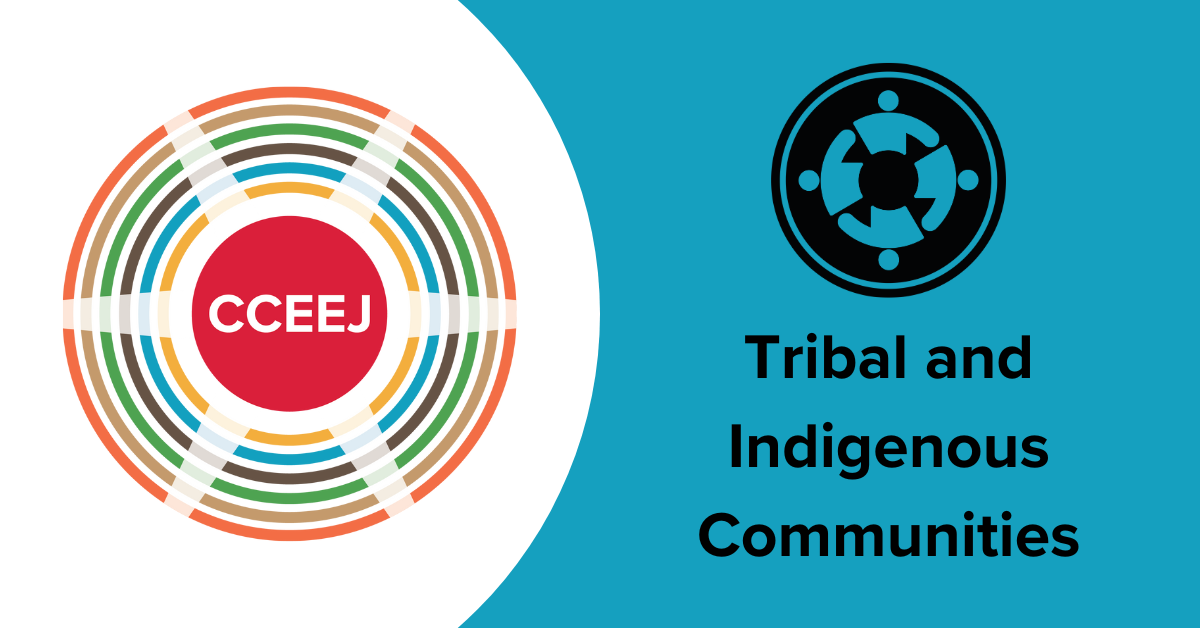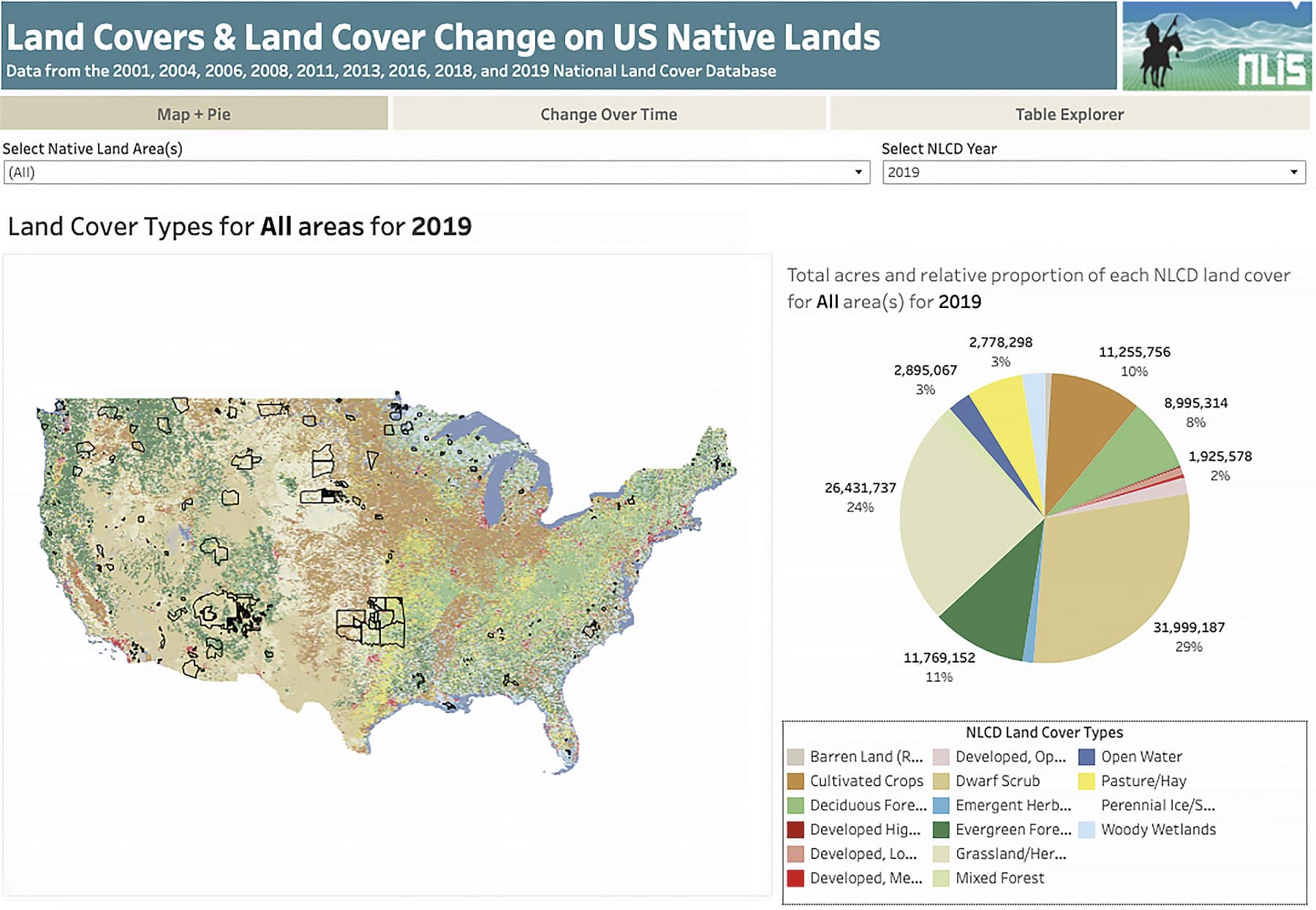
Okay, here is a 1200-word journalistic article in English about Environmental Advocacy for Tribal Lands, incorporating facts and quotes.
Guardians of the Sacred: Environmental Advocacy for Tribal Lands
By
In the vast tapestry of North America, Indigenous peoples have long been the original stewards of the land, their cultures, languages, and spiritual practices interwoven with the rivers, mountains, and plains they call home. For millennia, they lived in a reciprocal relationship with nature, guided by traditional ecological knowledge (TEK) that prioritized balance and sustainability. Yet, the legacy of colonialism, resource extraction, and a persistent disregard for tribal sovereignty has placed these sacred lands, and the communities dependent on them, at the forefront of an existential environmental battle. Today, a powerful and multifaceted movement of environmental advocacy for tribal lands is rising, asserting Indigenous rights not just for survival, but for the healing of the planet itself.
The fight is deeply rooted in history. From the moment European settlers arrived, the lands of Indigenous nations became targets for exploitation. Treaties, often signed under duress or outright broken, systematically dispossessed tribes of their ancestral territories, pushing them onto reservations – often lands deemed undesirable by the colonizers, or, ironically, lands later found to be rich in valuable resources. The Dawes Act of 1887, for instance, broke up communally held tribal lands into individual allotments, further fragmenting Indigenous control and opening the door for non-Native ownership. This historical trauma underpins the contemporary struggle, where tribes are often forced to defend the fragmented remnants of their ancestral domains against new waves of resource extraction.

A Deeper Connection: Land as Life, Not Commodity
For Indigenous peoples, land is not merely property or a resource to be exploited; it is a living entity, imbued with spiritual significance and ancestral memory. This profound connection is a cornerstone of their advocacy. "Water is life" (Mni Wiconi in Lakota) became a rallying cry at Standing Rock, encapsulating a worldview where natural elements are sacred relatives, not commodities. This contrasts sharply with the Western paradigm that often views nature as separate from humanity, something to be conquered and consumed.
"Our land is our identity," explains Acoma Pueblo Governor Brian Vallo. "It’s who we are, it’s our connection to our ancestors, it’s our future generations." This sentiment echoes across hundreds of tribal nations, where sacred sites, burial grounds, and traditional food and medicine gathering areas are inextricably linked to cultural survival. When these lands are threatened by mining, drilling, logging, or pollution, it’s not just an environmental issue; it’s an assault on their very being, their spiritual heritage, and their right to self-determination.
The Frontlines of Extraction and Pollution
Tribal lands and adjacent territories are disproportionately impacted by environmental degradation. A 2018 report by the Environmental Protection Agency (EPA) found that Native American communities face higher exposures to air and water pollution compared to the general U.S. population. This is often due to the historical placement of polluting industries – such as coal-fired power plants, uranium mines, and waste disposal sites – near or on tribal lands, where regulatory oversight has historically been weaker and communities have had less political power to resist.
The Navajo Nation, for example, bears the scars of Cold War-era uranium mining. Hundreds of abandoned uranium mines litter their land, leaving a legacy of cancer, birth defects, and contaminated water sources. The legacy of this exploitation continues, with new proposals for mining, oil and gas drilling, and industrial development constantly threatening to further degrade their environment and health.
Multifaceted Advocacy: From Courts to Grassroots
Environmental advocacy for tribal lands takes many forms, operating at local, national, and international levels.
-
Legal Battles: Tribes are increasingly turning to the courts to assert their treaty rights, defend sacred sites, and hold corporations and governments accountable. The Native American Rights Fund (NARF), for instance, has been a pivotal force in these legal fights, defending tribal sovereignty and natural resources for decades. Legal strategies often involve challenging inadequate environmental impact statements, asserting violations of federal laws like the National Environmental Policy Act (NEPA) or the National Historic Preservation Act (NHPA), and enforcing treaty-reserved rights to hunt, fish, and gather.
-
Grassroots Organizing and Direct Action: The most visible and often most powerful form of advocacy comes from grassroots movements. The Standing Rock Sioux Tribe’s resistance to the Dakota Access Pipeline (DAPL) in 2016-2017 became a global phenomenon. Thousands of "water protectors" from across tribal nations and beyond gathered to protest the pipeline’s route under the Missouri River, a vital water source and sacred area. While the pipeline was eventually completed, the movement brought unprecedented attention to Indigenous rights, environmental justice, and the power of spiritual resistance.
-
Inter-tribal Coalitions: Recognizing the strength in numbers, tribes often form coalitions to address common threats. The Bears Ears Inter-Tribal Coalition, comprising the Hopi, Navajo, Ute Mountain Ute, Ute Indian, and Zuni nations, successfully advocated for the designation of Bears Ears National Monument in Utah to protect its unparalleled cultural and archaeological significance. Their ongoing fight to restore and expand the monument after its reduction by the Trump administration highlights the continuous nature of this advocacy.
-
Traditional Ecological Knowledge (TEK) Integration: A crucial aspect of Indigenous environmental advocacy is the elevation and integration of TEK. This sophisticated body of knowledge, accumulated over generations of close observation and interaction with specific ecosystems, offers sustainable land management practices that often outperform Western scientific approaches in terms of long-term ecological health. Advocates champion TEK not just as a cultural right but as a vital tool for addressing climate change, restoring biodiversity, and managing resources responsibly. For example, traditional controlled burns practiced by tribes in California are increasingly recognized as essential for reducing wildfire risk, a practice suppressed for decades by federal forest management.
-
International Solidarity and Indigenous Rights Frameworks: Indigenous advocates also engage on the global stage, leveraging instruments like the United Nations Declaration on the Rights of Indigenous Peoples (UNDRIP). UNDRIP affirms the right of Indigenous peoples to self-determination and to free, prior, and informed consent (FPIC) regarding projects affecting their lands and resources. While not legally binding in all countries, UNDRIP provides a powerful moral and political framework for holding states and corporations accountable.

Challenges and the Path Forward
Despite significant victories and growing public awareness, environmental advocacy for tribal lands faces formidable challenges. Tribes often contend with underfunded legal departments, political resistance from powerful industries and their allies, and a legal system that has historically favored settler interests. The concept of tribal sovereignty, while legally recognized, is frequently undermined or ignored by federal and state agencies.
Moreover, climate change disproportionately impacts Indigenous communities, threatening traditional food sources, exacerbating extreme weather events, and accelerating the loss of culturally significant landscapes. The erosion of coastlines due to rising sea levels, for instance, threatens the very existence of Alaskan Native villages, forcing difficult decisions about relocation.
Yet, the movement is defined by resilience and unwavering commitment. A new generation of Indigenous youth is stepping forward, blending traditional wisdom with modern advocacy tools, from social media campaigns to scientific research. They are building bridges with non-Indigenous allies, educating the public, and pushing for policy changes that respect tribal sovereignty and prioritize environmental justice.
The struggle for environmental protection on tribal lands is more than a regional issue; it is a microcosm of the global fight for a sustainable future. By upholding the rights of Indigenous peoples and respecting their profound connection to the land, humanity has an opportunity to learn invaluable lessons about stewardship, interconnectedness, and the true meaning of living in balance with our planet. The guardians of the sacred lands are not just fighting for their own survival; they are showing all of us a path toward a more just and sustainable world.

